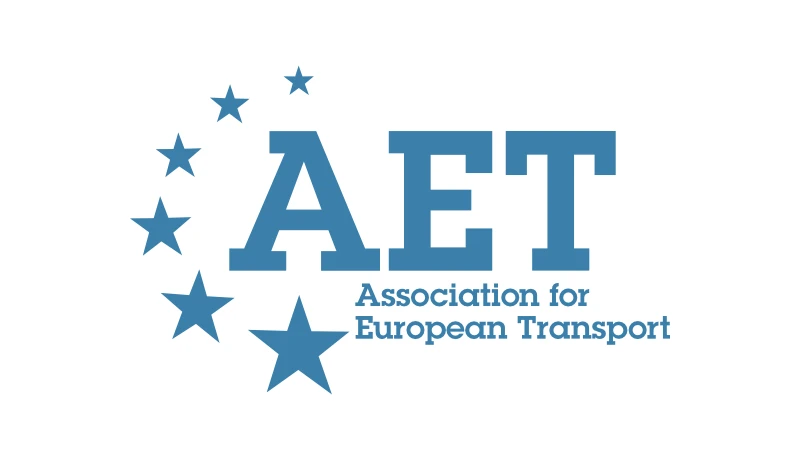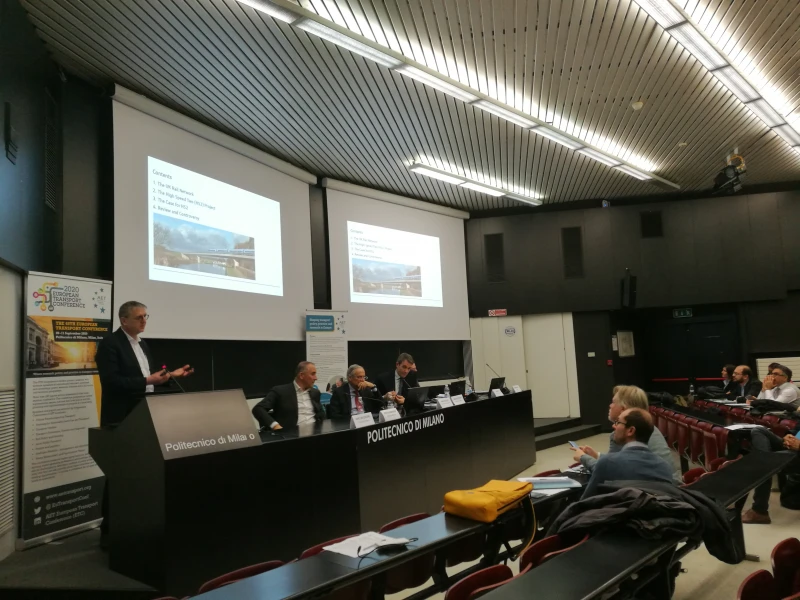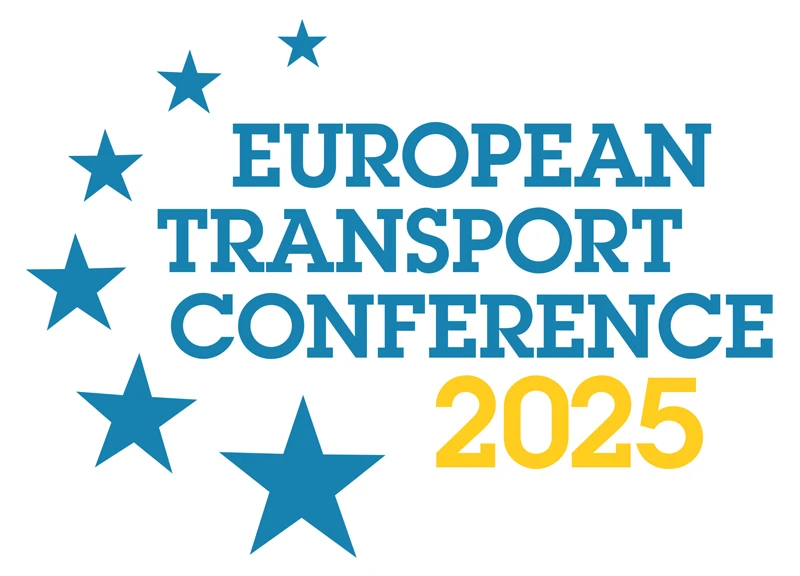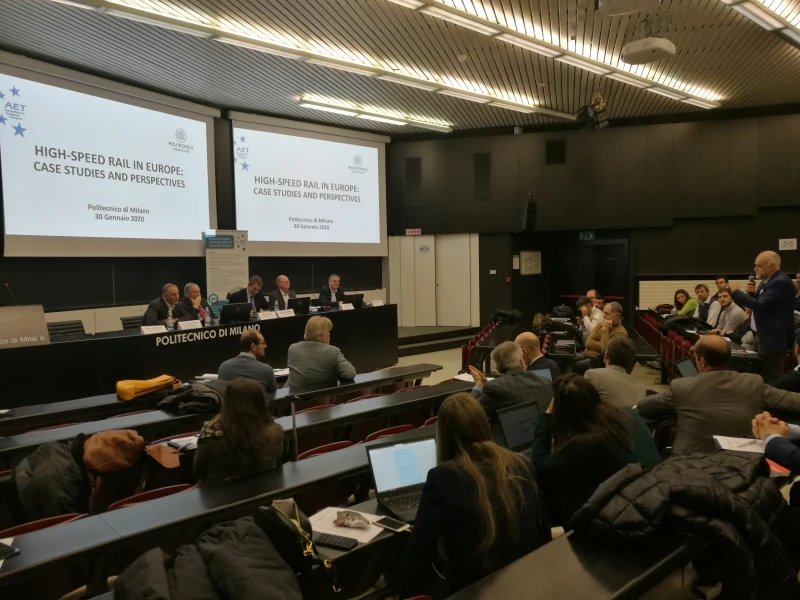-
Past ETC Papers
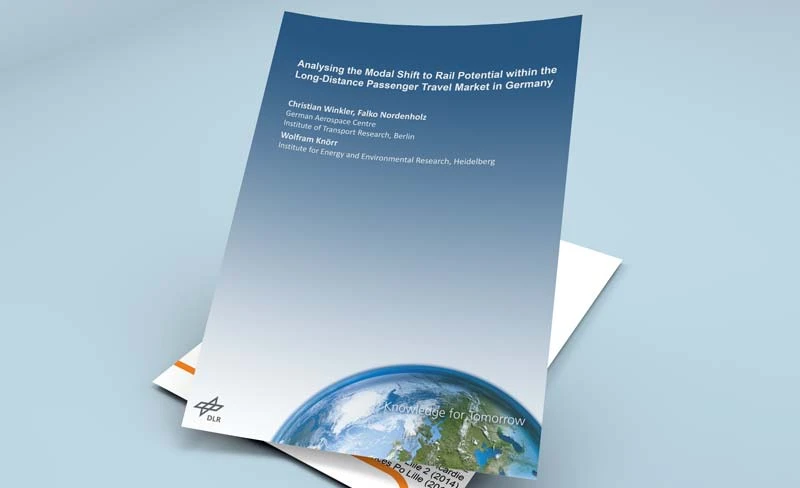
Browse, search and view papers from the past AET Conferences.
-
Members' Area
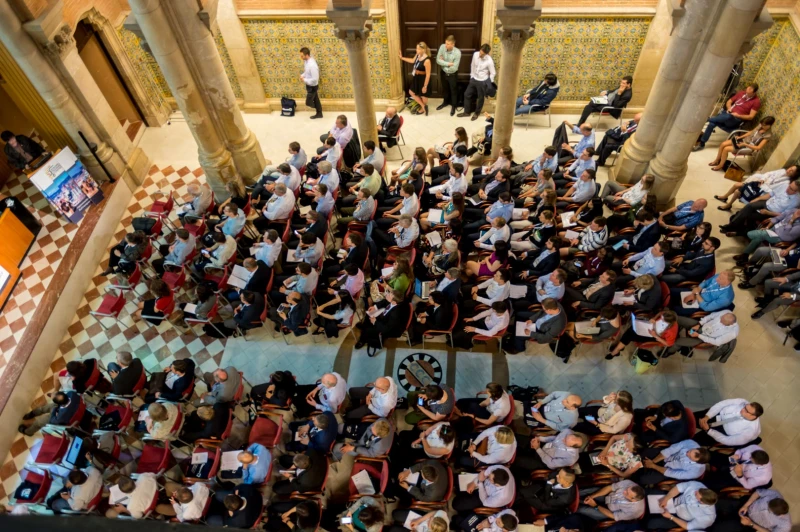
AET promotes networking and exchange of ideas, information and opportunities amongst members.
Conference Papers 2009
Noordwijkerhout, Netherlands
ETC Conference Papers 2009
A strategy for a high speed rail network in Britain
Seminar
Day 2 (6 Oct 2009), Rail, Economic Development, 19:00 - 22:00
Status
Accepted, documents submitted
Authors
J Segal, MVA Consultancy, UK
Short abstract
This paper considers high speed rail in Britain. It
Abstract
Only one high speed rail line has so far been constructed in Britain, linking London to the Channel Tunnel. However, there is a rapidly growing political consensus that new lines should be built: Network Rail have proposed a new high speed line from London to Birmingham and Manchester; and government has set up a company (HS2) to plan and develop a first line from London to Birmingham and beyond. This paper, however, is about an overall network strategy rather than a specific first scheme.
The paper starts by considering the objectives of a high speed rail network in Britain, and how these shape the eventual network that might be selected. The objectives were developed following a wide ranging consultation process with stakeholders and interestingly none of them specifically relate to rail. They include: mode switch from both air and car to deliver reduced carbon impacts; increasing transport capacity in critical areas, for long distance passengers journeys, shorter distance local journeys and for freight; stimulating local economies in a sustainable way (particular reducing the economic divide between London and the South East and the rest of Britain) was seen by many as the most critical objective; finally, providing benefits across a wide range of people, both geographically and by social group was important.
The paper is based on a major study for a Public Interest Group set up by Greengauge 21; the results of the study have just been published. The paper briefly describes the process for route selection, and an innovative approach to demand forecasting designed to address the specific attributes of high speed rail. The appraisal of the selected network was undertaken both using the standard (UK government) methodology and against the objectives previously identified. As a key objective was around economic benefits for the regions, these were specifically addressed using the latest land use modelling techniques, and associated agglomeration and related economic benefits.
The results of the appraisal are presented, including the wide range of benefits that accrue from a network of high speed rail. The key conclusions of the design and scope of such a network are discussed.
Finally, the proposed network strategy is shown.
Documents:
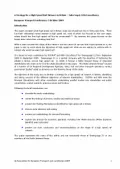
Association For
European Transport
Forester House
Doctors Lane
Henley-in-Arden
Warwickshire, UK
B95 5AW
+44 (0) 15 64 793552
VAT number: 710 1866 64
Conference Supporters & Endorsers




Legal Entity
The Association for European Transport is registered as an Association ('vereniging') with the Chamber of Commerce for Haaglanden in The Netherlands under company number 27170096.
Built on Zenario

